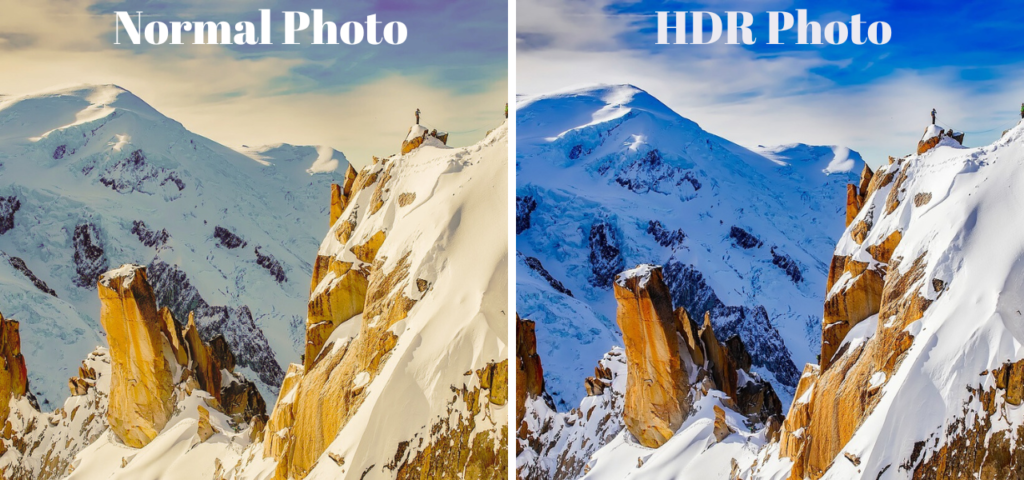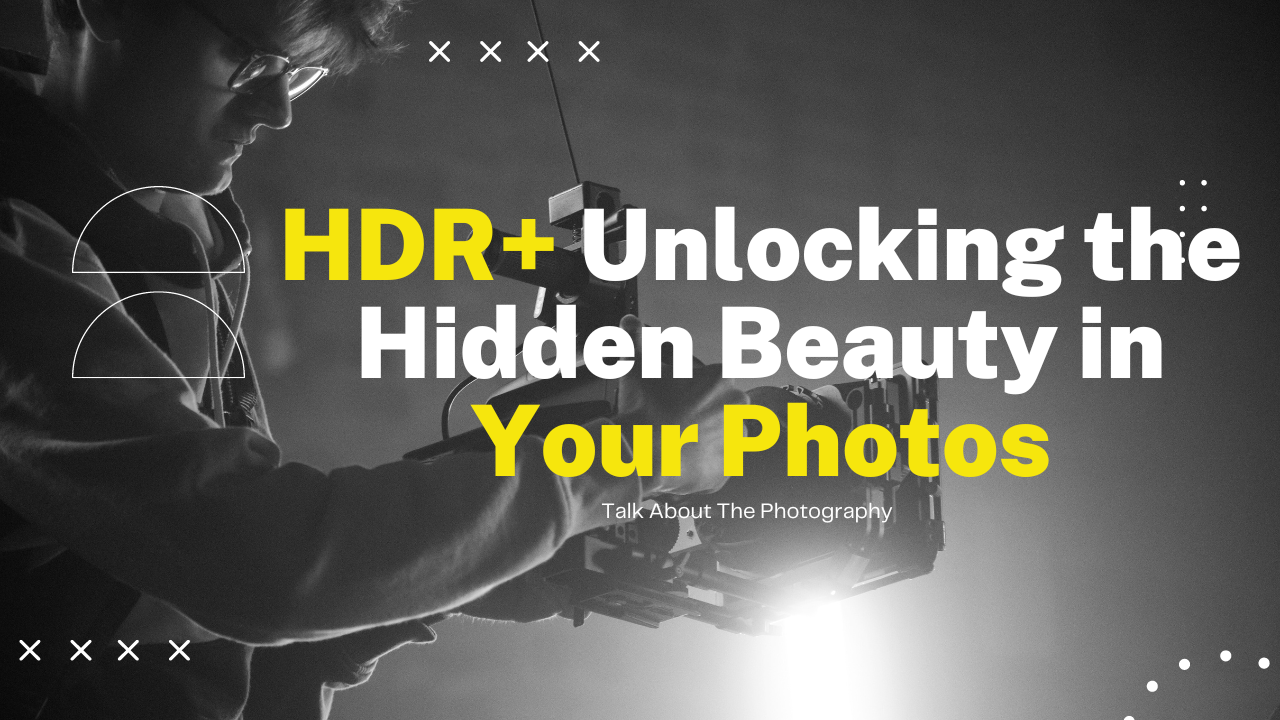Introduction to HDR (High Dynamic Range) in Photography
What is HDR ?short for High Dynamic Range, is a technique widely used in photography to capture a broader range of luminosity levels in a scene than what a standard camera can achieve. By blending multiple exposures of the same subject, HDR photography aims to showcase both the highlights and shadows with enhanced detail and clarity. This technique has gained immense popularity among photographers for its ability to create stunning images that closely resemble what the human eye perceives.
Table of Contents

Advantages of Using HDR in Photography
Expanded Dynamic Range
One of the most significant advantages of HDR photography is its ability to expand the dynamic range of an image. Conventional cameras often struggle to capture details in both bright and dark areas simultaneously. HDR solves this problem by merging several exposures into one, ensuring that no part of the image appears overexposed or underexposed.
Greater Detail and Clarity
With HDR, photographers can achieve exceptional levels of detail and clarity in their images. The technique allows for the preservation of intricate textures and fine details, making the photograph more captivating and realistic.
Reduces Noise and Artifacts
In high-contrast scenes, standard photographs may suffer from noise and unwanted artifacts. HDR minimizes these issues by combining multiple shots, resulting in a cleaner and smoother final image.
Enhances Colors
HDR photography brings out vibrant and rich colors, adding a touch of brilliance to the photographs. The technique intensifies the color saturation, making the image visually striking and appealing.
Disadvantages of Using HDR in Photography
Overprocessing and Unnatural Look
One of the main challenges with HDR is the risk of overprocessing. When not executed carefully, HDR images can appear unrealistic and unnatural, turning off some viewers who prefer a more authentic look.
Ghosting and Blurring
Photographers must be cautious when capturing moving subjects in HDR mode. Merging multiple exposures can lead to ghosting and blurring, reducing the overall sharpness of the photograph.
Time-Consuming Post-Processing
Creating an HDR image involves taking multiple shots and post-processing them to combine into a single picture. This process can be time-consuming, especially when dealing with large numbers of images.
Tips for Capturing HDR Photos
To get the best results in HDR photography, follow these helpful tips:
Use a Tripod for Stability
Stability is crucial when capturing multiple exposures. Using a tripod ensures that each shot is perfectly aligned, preventing alignment issues during post-processing.
Shoot in RAW Format
Shooting in RAW format preserves more image data, providing greater flexibility during post-processing and reducing the risk of image degradation.
Bracketing Exposure
Bracketing exposure involves taking a series of shots at different exposure levels. This technique increases the likelihood of capturing the perfect range of luminosity.
Avoid Overdoing the Effect
While HDR can enhance an image, excessive use can lead to an unnatural appearance. Maintain a balance and ensure that the final result looks visually appealing and realistic.
Applications of HDR in Different Photography Genres
Landscape Photography
HDR is highly popular in landscape photography, where scenes often contain a wide range of brightness levels. The technique helps capture breathtaking landscapes with stunning details in both the sky and foreground.
Architecture Photography
Architecture photography often involves capturing buildings against the sky or in low-light situations. HDR ensures that architectural details are well-preserved, creating visually striking images.
Portrait Photography
Although not as commonly used in portrait photography, HDR can be employed to capture subjects in high-contrast lighting conditions. However, caution must be exercised to avoid an overly processed look.
HDR Software and Tools
Several software options are available for creating HDR images, including:
Popular HDR Software
- Adobe Photoshop
- Aurora HDR
- Photomatix Pro
Smartphone Apps for HDR Photography
For mobile photographers, various apps offer HDR capabilities, such as Pro HDR X and Snapseed, making HDR accessible to a broader audience.
The Future of HDR in Photography
As technology continues to advance, HDR photography is likely to become even more sophisticated. Integration with artificial intelligence and machine learning may further enhance the HDR process, making it easier and more seamless for photographers to achieve stunning results.
Conclusion
HDR photography is a powerful technique that allows photographers to capture scenes with a wide range of brightness levels, resulting in visually stunning and captivating images. While it offers numerous advantages like expanded dynamic range, greater detail, and enhanced colors, there are also challenges to be mindful of, such as overprocessing and time-consuming post-processing. By following essential tips and using the right tools, photographers can harness the potential of HDR to create compelling imagery across various genres.
FAQs
1. Does HDR always result in better photos?
While HDR can improve many images, it is not suitable for every situation. Photographers should use it selectively to enhance specific scenes.
2. Can HDR be used in black and white photography?
Yes, HDR can be used in black and white photography to create striking monochromatic images with extended tonal ranges.
3. Are there any HDR-specific cameras available in the market?
As of now, there are no cameras specifically dedicated to HDR photography. However, many modern cameras offer HDR features and bracketing capabilities.
4. Is post-processing necessary for HDR images?
Yes, post-processing is an essential part of creating HDR images as it involves combining multiple exposures and fine-tuning the final result.
5. Can HDR be used in portrait photography?
While HDR is not commonly used in portrait photography, it can be employed in specific scenarios with careful execution to achieve unique and creative results.

